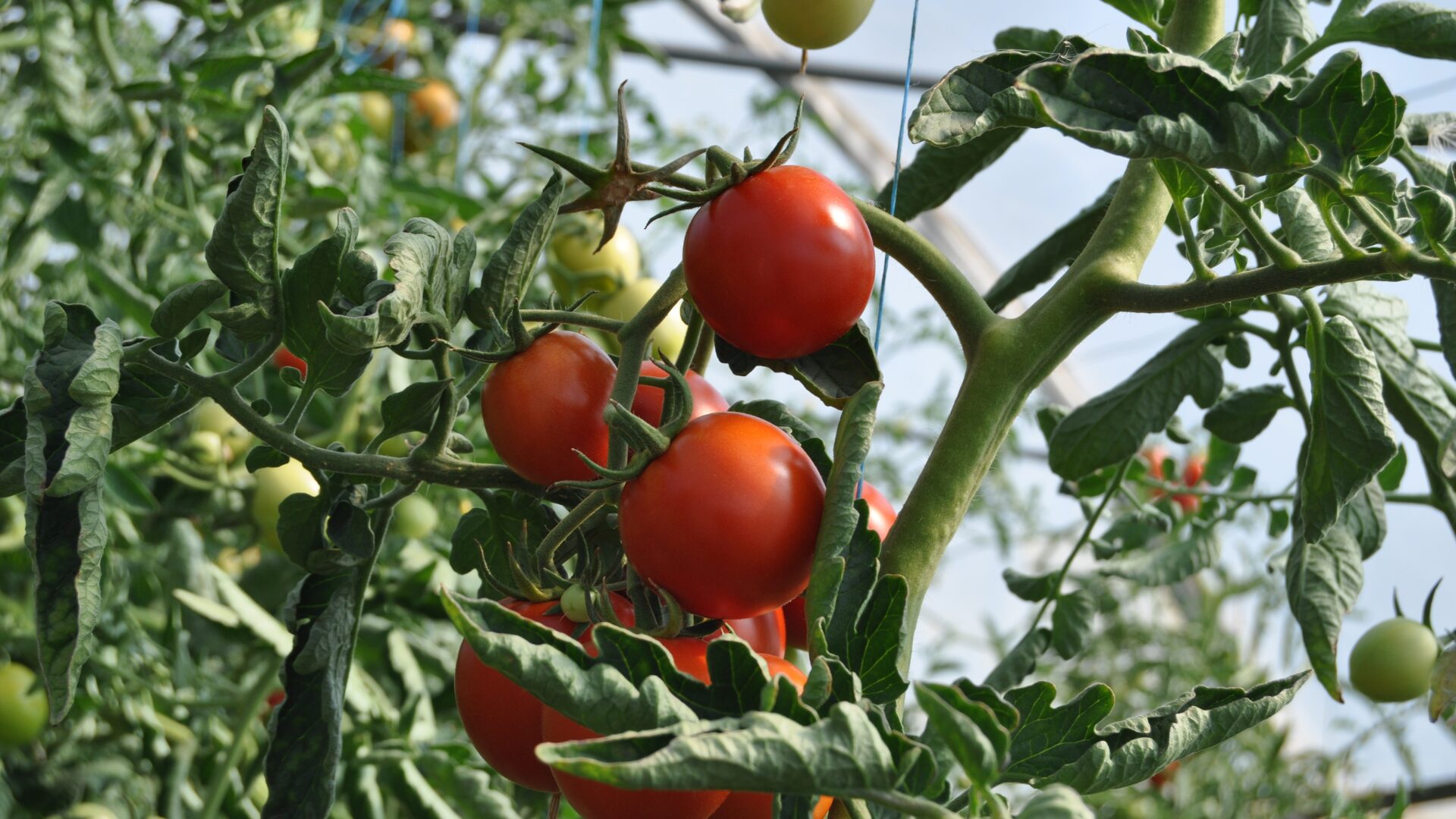The global wheat outlook may be improving after the United Nations reported that Russia and Ukraine took a “critical step forward” to ensure exports of grain on the Black Sea.
UN Secretary-General Antonio Guterres said the first meeting in weeks between the two nations had produced a general agreement on ensuring the commodity could be exported from Ukraine’s ports on the Black Sea, with Turkey’s defense minister saying the agreements would be signed in Istanbul soon, reported ABC News (July 13).
However, Guterres warned “more technical work” would be needed to reach an agreement, but that momentum was clear and that he was both “encouraged” and “optimistic.”
Chicago wheat futures for September 2022 had fallen to $7.70 on July 15 from a high of $12.78 per bushel on May 18, according to Wells Fargo Chief Economist Dr. Michael Swanson, who said that this drop was due to the new information that Ukraine was continuing to grow and ship wheat at a much-better-than-expected rate.
“The market always panics first and sorts out the reality second. The current market shows that wheat supply has been reduced, but it wasn’t the complete wipeout we first feared. This is great news for lower income consumers around the world,” he said in an e-mail to The Food Institute.
USDA Projects Falling Winter Wheat Harvests for 2022-2023
U.S. winter wheat production was forecast at 1.2 billion bushels, rising 2% from the June 1 forecast but down 6% from 2021, according to USDA.
Swanson noted that the Kansas winter wheat futures price dropped from a high of $12 per bushel to $8.30 per bushel for next year’s July delivery.
“That is still a very attractive price over the last ten years, but if farmers are concerned about moisture and fertilizer prices, they might not change their planting plans. I think they will shuffle, not jump, to more acres,” he said.
USDA also reported global wheat production for the 2022-2023 crop year was projected to drop 1.4 million metric tons, with production increases in the U.S., Russia, Uzbekistan, and the U.K. offset by reductions from India and the EU.
USDA revised down its global consumption forecast by 1 million metric tonnes, reaching 782.9 million metric tons. However, it expected global trade for the commodity in 2022-2023 would reach a record 205.4 million metric tons due to the war in Ukraine’s affect on global shipping lanes and other production issues in India.
Some California Farmers Eyeing Fall Planting
With the winter wheat harvest wrapping up in the Golden State, some were looking to capitalize on the market by planting more wheat this fall, reported Ag Alert (July 13).
Most growers had locked in prices via contract before the surge in wheat prices, according to California Wheat Commission Executive Director Claudia Carter, who told Ag Alert that the 2022-2023 crop could be “slightly more than this year.”
It’s important to note that most California farmers utilize wheat in the rainy season as a way to both make money during the off-season, and to promote soil health in between more lucrative crops like tomatoes.
That said, Dr. Swanson argued that even if farmers turned to wheat, it wouldn’t be en masse.
“The U.S. won’t be the source of global growth for wheat. We are well supplied domestically and have some key export markets that appreciate our quality and reliability. However, corn and soybeans drive the U.S. market, and the wheat just isn’t getting a big enough premium to change the game for the farmers,” said Swanson.












